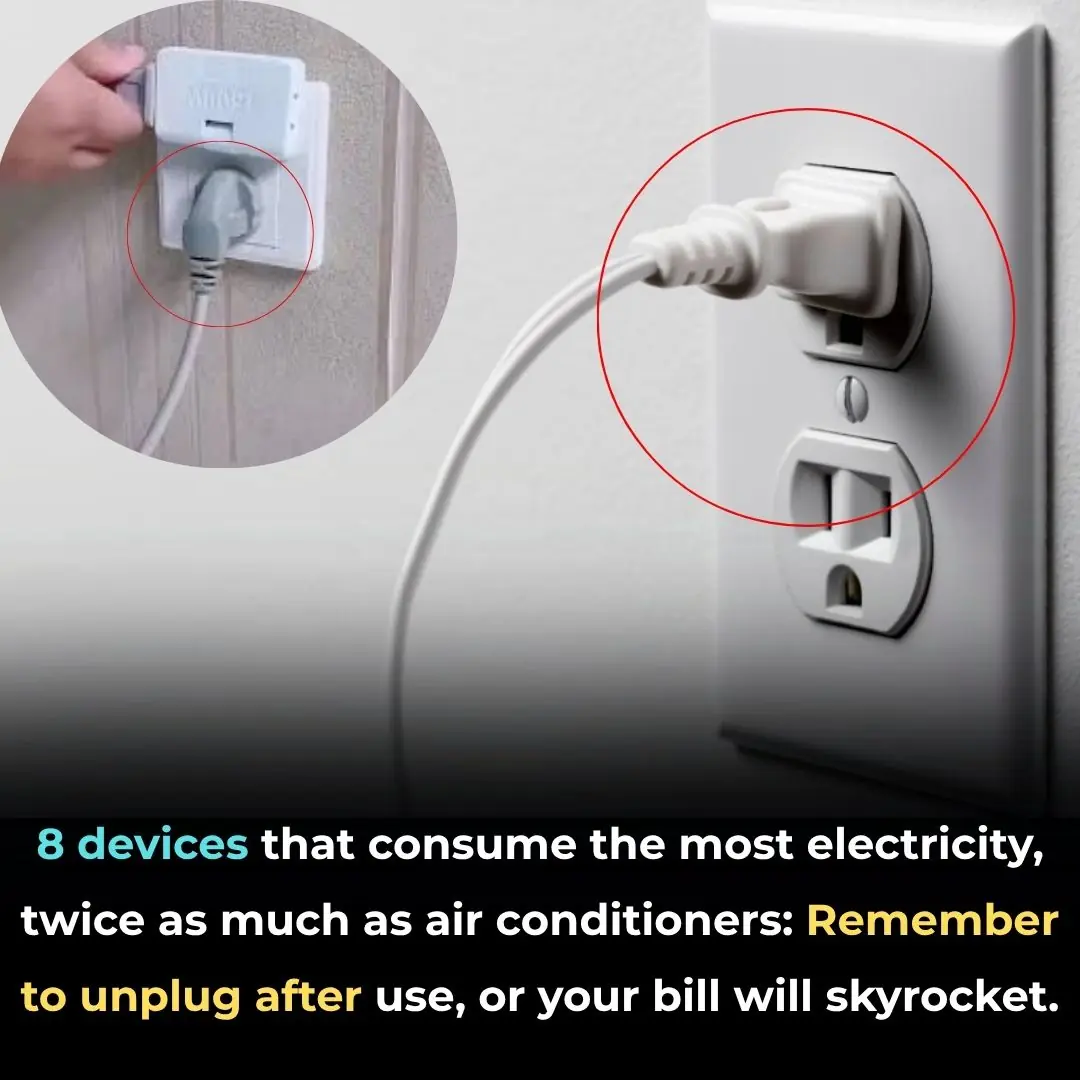The Hidden Effects of Sleeping With a Fan on Your Throat
When summer nights turn hot and stuffy, many of us reach for a fan to help us fall asleep. The steady hum, the breeze on your skin—it can feel like the perfect way to stay cool.
But while fans offer relief, especially in rooms without air conditioning, sleeping with a fan blowing all night might be doing your throat and respiratory system more harm than good.
Let’s break down the unexpected side effects—and how to avoid them.
1. Dry Air Can Cause a Dry, Scratchy Throat
Fans work by circulating air and helping sweat evaporate from your body. But as they move air around the room, they also lower the humidity. This drier air can dehydrate the mucous membranes in your nose and throat—especially if you breathe through your mouth while sleeping.
The result? You might wake up with a dry, scratchy throat, hoarseness, or discomfort when you swallow—often mistaken for the start of a cold.
Tip: If you sleep with your mouth open or have nasal congestion, you’re even more likely to feel this effect.
2. Throat Irritation from Direct Airflow
Letting cool air blow directly on your face or neck for hours can lower the temperature in those areas, leading your body to reduce blood flow there. This may weaken your natural defenses against irritation or infection.
Long-term exposure can trigger:
- Sore throat
- Hoarseness
- Sinus pressure or postnasal drip
If you already have allergies, asthma, or sinus issues, fan use may worsen your symptoms, especially if the air stirs up dust, pollen, or mold in the room.
3. Fans Can Circulate Dust and Germs
Here’s something most people overlook: fan blades collect dust—and a lot of it.
When the fan is on, it can spread:
- Dust particles
- Pollen
- Pet dander
- Mold spores
- Bacteria
All of these can irritate your throat and lungs as you sleep. For people with sensitive airways or respiratory conditions, this can lead to coughing, congestion, sneezing, or a sore throat in the morning.
4. How to Use a Fan Without Harming Your Throat
Love your fan? You don’t need to give it up completely. Just follow these simple tips to protect your throat and stay comfortable:
Avoid Direct Airflow
Position the fan so it doesn’t blow directly on your face or upper body. Oscillating fans are ideal.
Keep It at a Distance
Place the fan at least 5–6 feet (1.5–2 meters) away from your bed.
Use a Timer
Let the fan run for a few hours while you fall asleep, then shut off automatically. Most modern fans have a built-in timer.
Maintain Humidity
Add a small humidifier to your room or place a bowl of water near your bed to counteract the drying effect of the fan.
Clean It Regularly
Wipe the fan blades and grill once a week to prevent dust buildup and allergen circulation.
Stay Hydrated
Keep a glass of water by your bedside, and sip warm water in the morning to soothe a dry or irritated throat.
Final Thoughts
Sleeping with a fan on can be a lifesaver in the heat—but it’s not without its downsides. Dry air, dust circulation, and constant airflow can all affect your throat and respiratory health.
By making a few simple adjustments, you can enjoy cooler nights without waking up with a dry or sore throat.
Your comfort—and your health—can both win.




































